dematiaceous molds
1/36
There's no tags or description
Looks like no tags are added yet.
Name | Mastery | Learn | Test | Matching | Spaced |
|---|
No study sessions yet.
37 Terms
which molds are saprobes
Curvularia and Alternaria
how many cells are in Curvularia macroconidia
4-6 cells
what part of the Curvularia cells are larger
the center cell is larger
what does the Curvularia appearance give?
a curved appearance
what does the Alternaria macroconidia have?
transverse and longitudinal septa in chains
where do the germ tubes form in Bipolaris
they form along conidial axis
what is Drechslera similar to
Bipolaris
what is the characteristic feature of Bipolaris
slightly protruding
“Squared Off” Hilum
what kind of colonies does Aureobasidium produce?
white and black yeast-like colonies
what do the Aureobasidium hyphae appear as and what is it similar to
large segmented hyphae
appear as Oreo cookies
what kinds of cells are specific to Cladosporium
shield cells
what do the conidia of Cladosporium look like
branching conidiophores with chains or “tree-like” conidia
what is left after Cladosporium attaches
scars
what mold looks like a vase of flowers
Phialophora verrucosa
what are the apex characteristics of Phialophora verrucosa
flask shaped phialides with distinct collarettes
conidia in clusters
what is the initial appearance of Fonsecaea pedrosoi
rabbit ears
what is the characteristic of Fonsecaea pedrosoi
short chains of conidia from sides of conidiophores
what are the types of sporulation that could be seen for Fonsecaea pedrosoi
Acrotheca
Rhinocladiella
Cladosporium
Phialophora
what type of sporulation is seen from Cladosporium
Cladosporium type
what type of sporulation is seen from Phialophora verrucosa
Phialoophora type sporulation
what does Exophiala jeanselmei initially form, and what does it eventually from?
initial: black yeast cells
eventually: formed hyphae
does Exophiala jeanselmei grow at 40C
NO
what is an important note about what Exophiala jeanselmei forms
forms conidiophores which terminate in tapered annelids
does Wangiella dermatitidis grow at 40C
yes
what does Wangiella dermatitidis initially form, and what does it eventually form
initial: black yeast cells
eventually: forms hyphae
what are the main characteristics of Pseudallescheria boydii
lollipop forms
Cleistothecia
what can Pseudallescheria boydii usually get confused with
Blastomyces mycelial phase
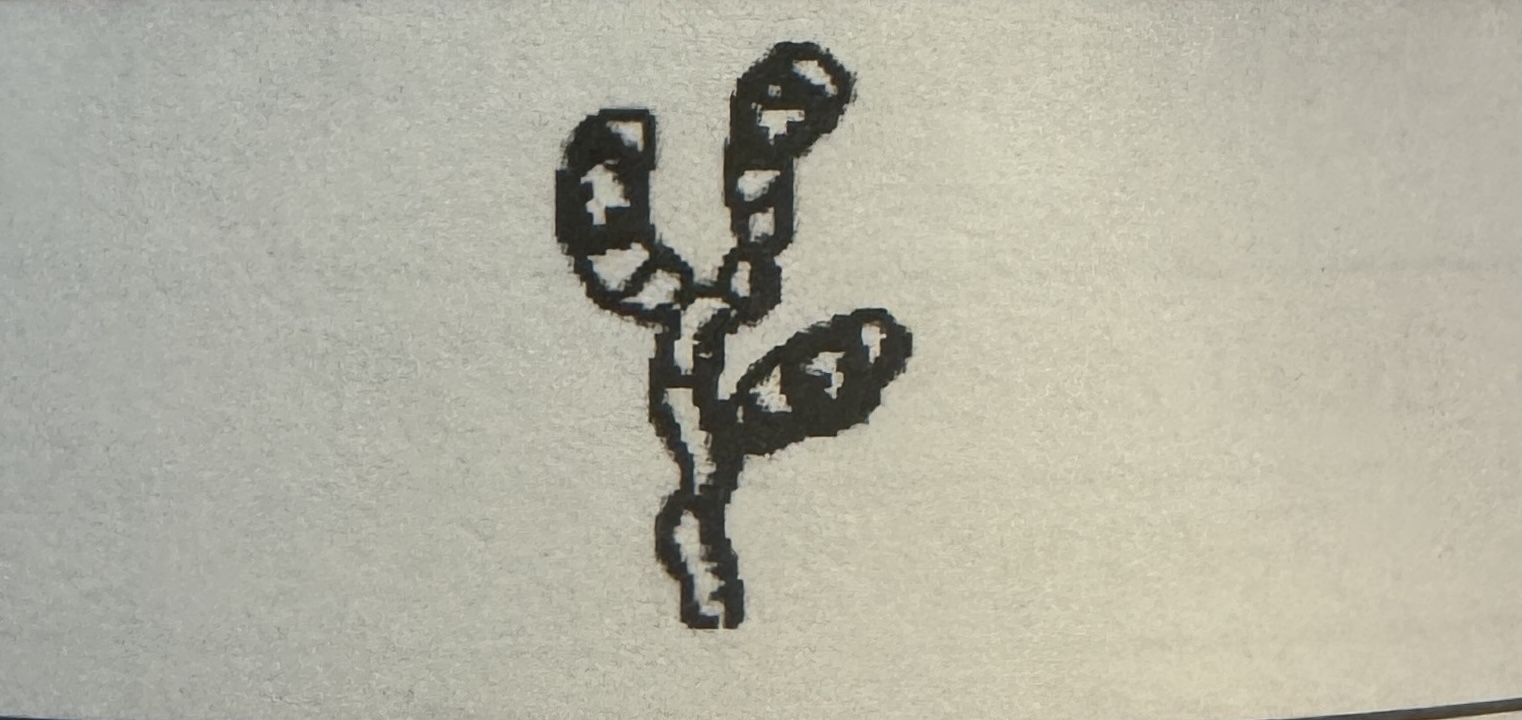
what is illustrated
Curvularia

what is illustrated
Alternaria

what is illustrated
Bipolaris
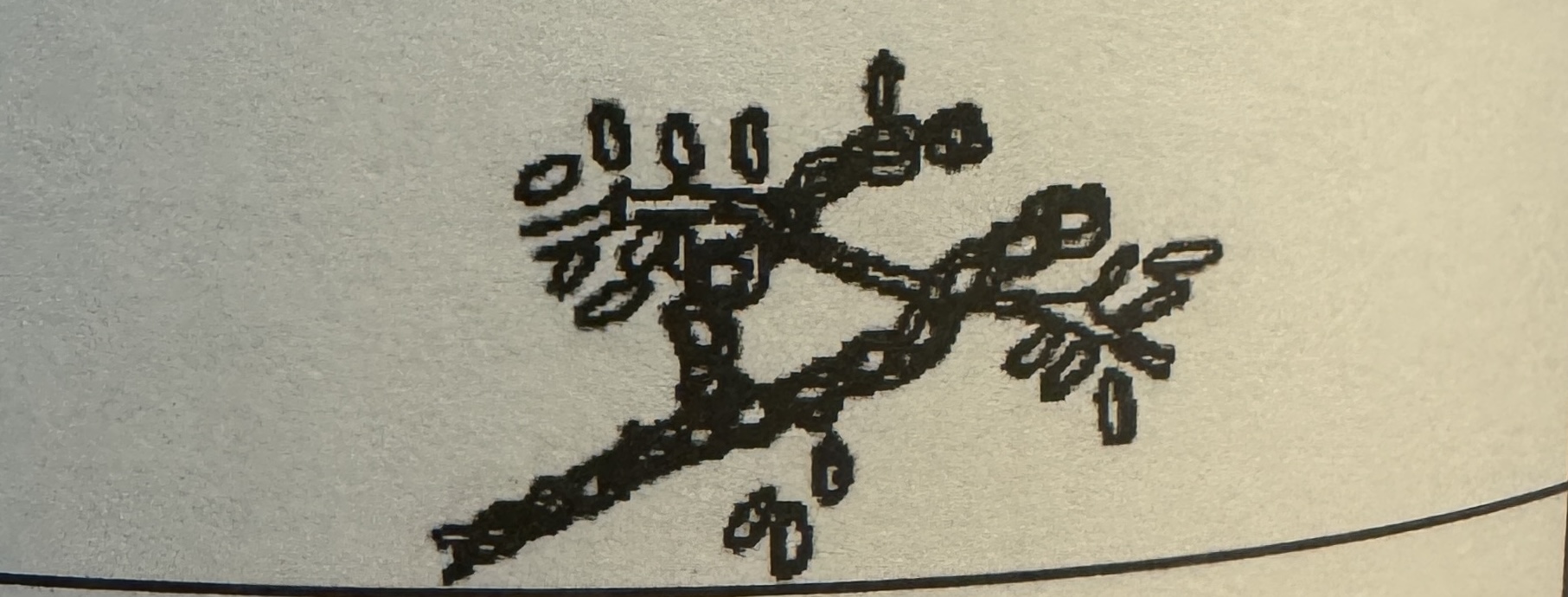
what is illustrated
Aureobasidium
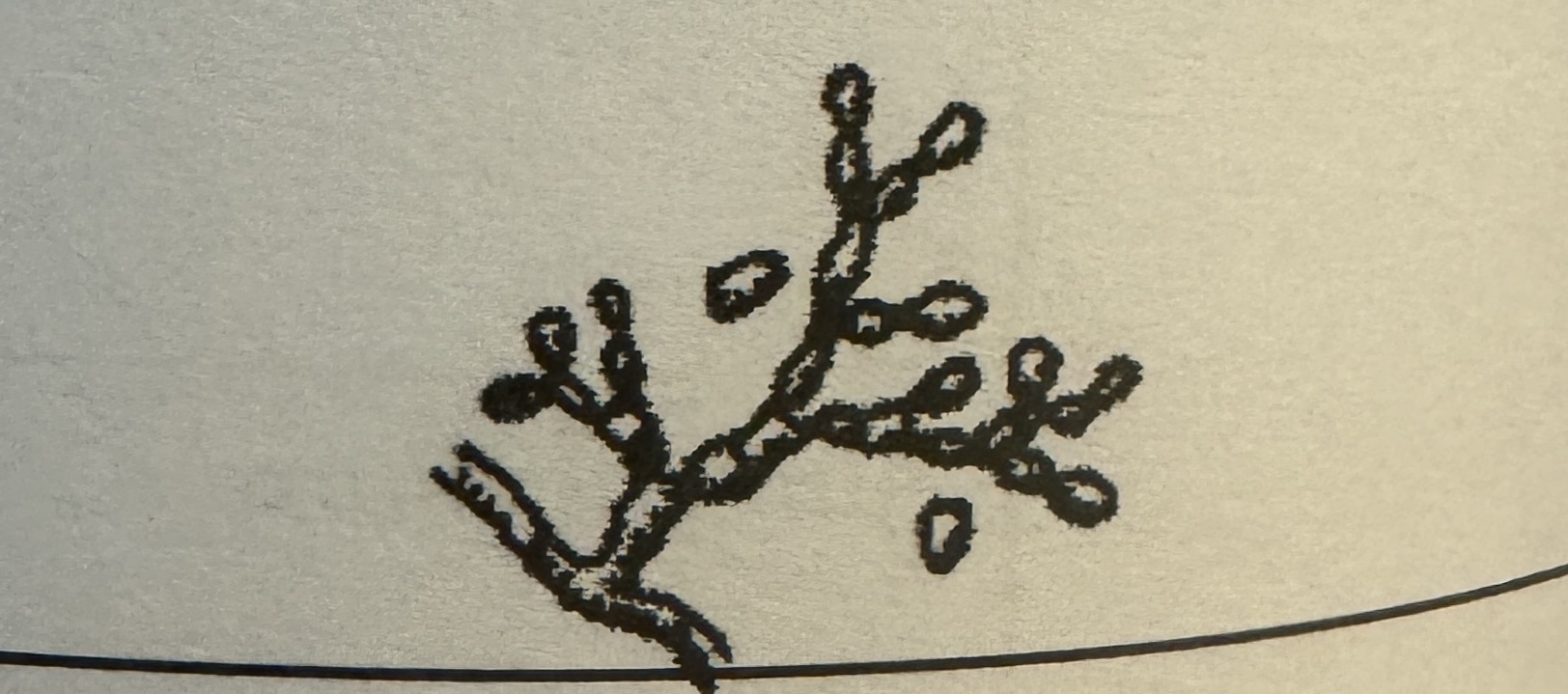
what is illustrated
Cladosporium
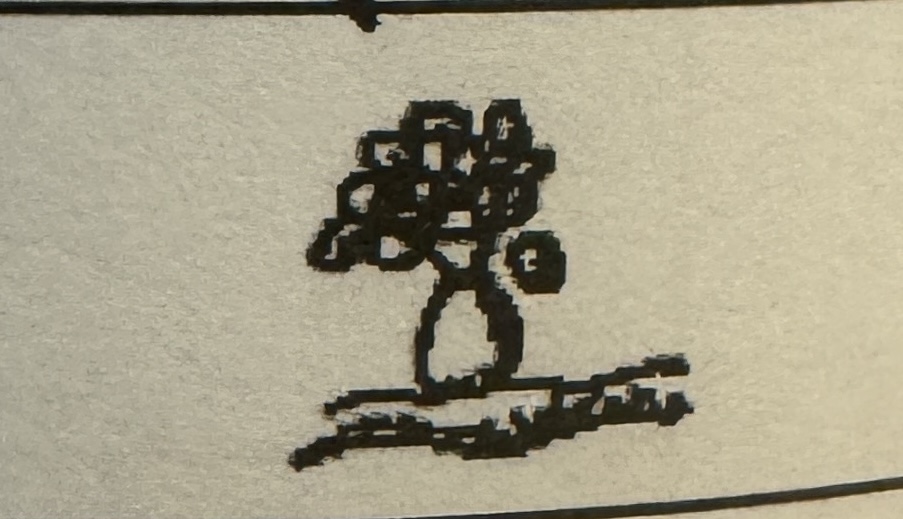
what is illustrated
Phialophora verrucosa
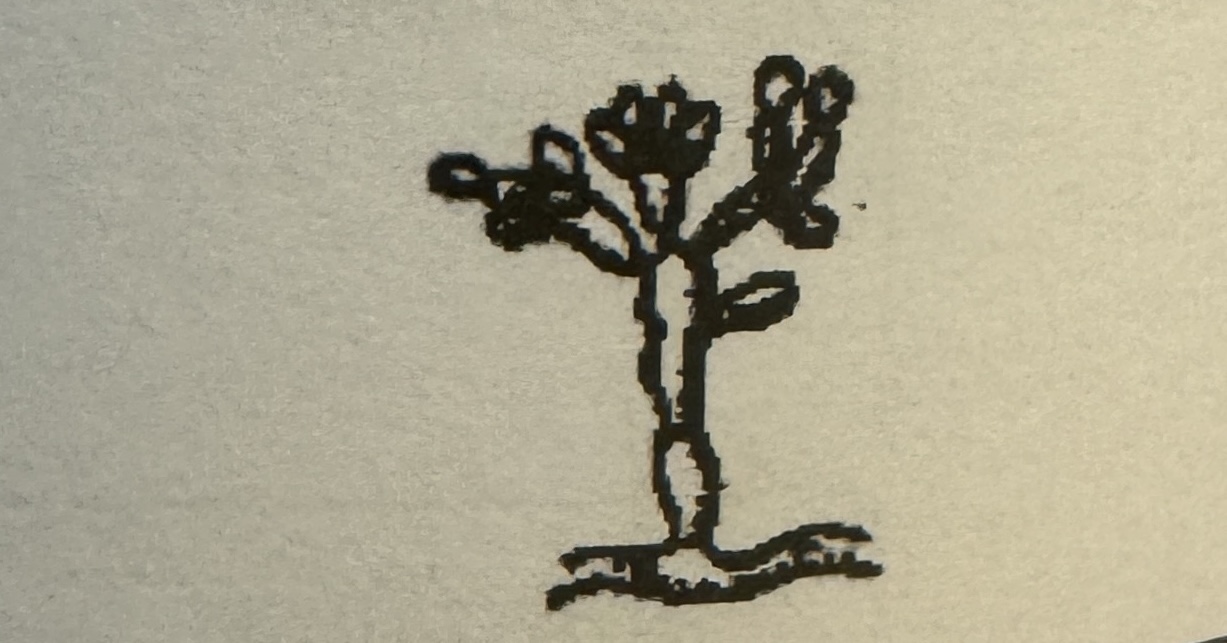
what is illustrated
Fonsecaea pedrosi
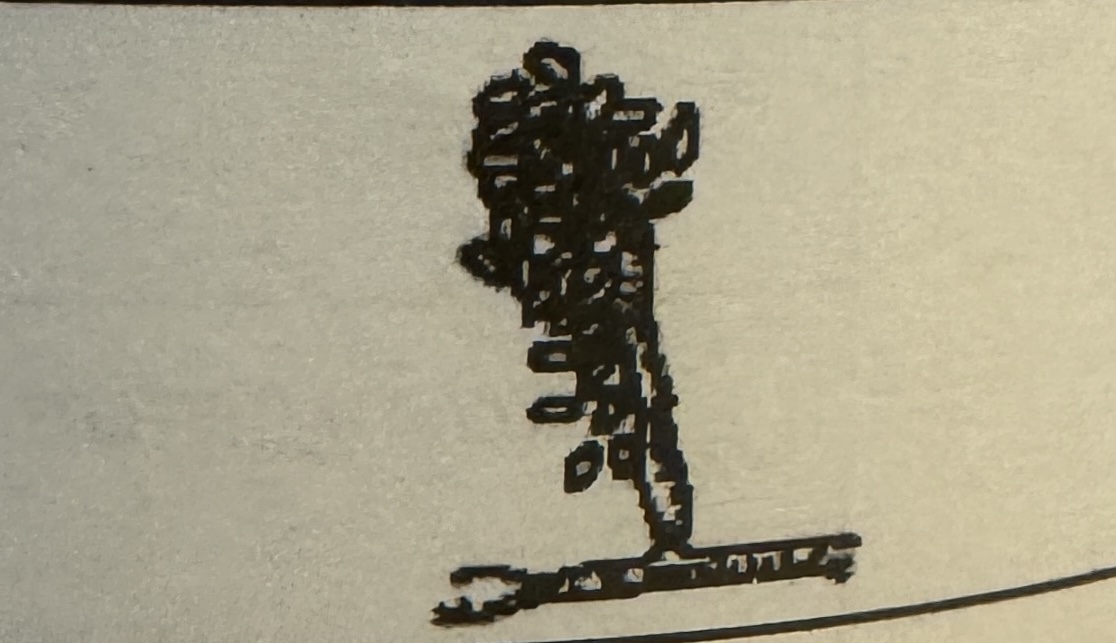
what is illustrated
Exophilia jeanselmei

what is illustrated
Wangiella dermatitidis
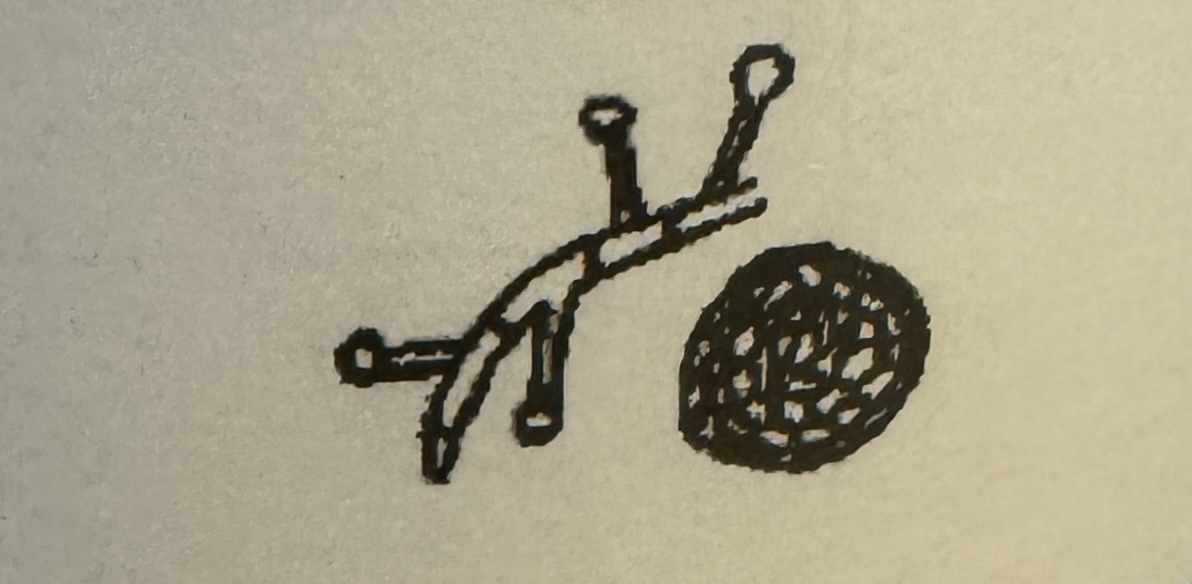
what is illustrated
Pseudallescheria boydii